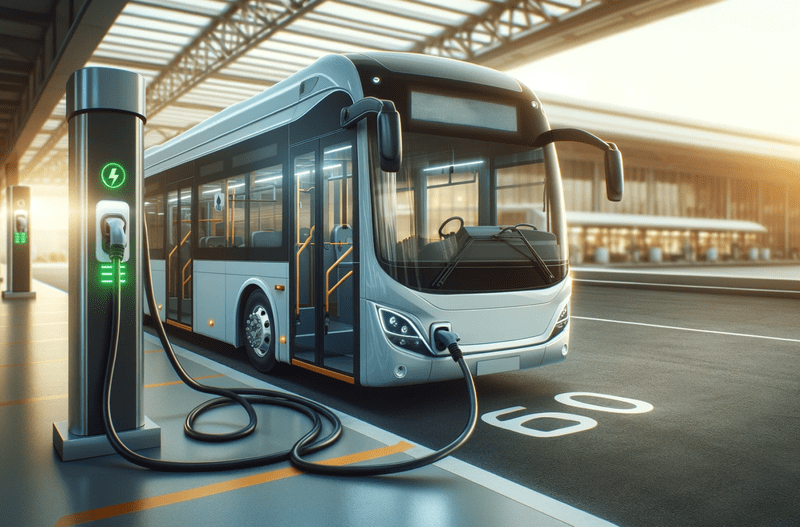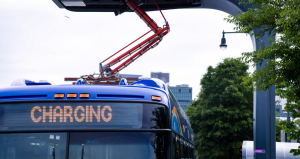In the recent push towards renewable energy, electric vehicles have been the products that are “straight from the future”. Seeing the massive success of electric cars has led to the next step: focusing on electric buses. Since buses are heavier and run consistent routes, electricity stands out as a greener alternative to their diesel-fueled counterparts. Governments worldwide are implementing incentives to encourage the switch to eco-buses, and this is beginning to reshape the transportation landscape at airports, highlighting products like the DinoBus as ideal for the future of airport mobility.
Global Incentives for Electric Buses
Across the globe, from the bustling airport runways to the expansive avenues of megacities, governments are taking substantial steps to reduce carbon emissions from public transport. Incentives like tax reductions, grants for electric vehicle purchase, low-emission zones, and significant investments in charging infrastructure are being heard about more and more. These initiatives not only support the adoption of electric buses in city transit systems but also pave the way for their integration into more specialized areas like airport ground handling.
For instance, the European Union’s Green Deal aims to cut transport emissions by 90% by 2050, pushing member states to adopt electric passenger buses.
In Asia, China leads with robust policies including subsidies for electric vehicle manufacturers and buyers, propelling the country to the forefront of green bus adoption.
Benefits for the Environment
Of course, green buses come with numerous environmental benefits. Primarily, they produce zero emissions at the tailpipe, which means they don’t emit harmful pollutants like nitrogen oxides that contribute to urban smog and respiratory diseases. This is especially important in airports, where a number of vehicles run in close proximity, affecting air quality for passengers and workers alike.
Moreover, electric buses contribute to the reduction of greenhouse gas emissions, particularly when they’re being charged from renewable energy sources. The lifecycle emissions of electric buses, including manufacturing, operation, and disposal, are also typically lower than that of conventional diesel buses. This overall reduction in emissions is crucial in the fight against climate change.
Electrifying Ground Operation
Airports are unique and busy ecosystems, where lots of vehicles operate over short distances with frequent starts and stops, conditions under which EVs operate most efficiently. Replacing diesel-powered apron buses with sustainable alternatives can significantly reduce an airport’s carbon footprint. Additionally, battery powered buses can enhance the operational efficiency of airports. These vehicles can be equipped with advanced technologies for better fleet management and optimized energy use, which are essential in high-demand environments. The quieter operation of electric buses also improves the ambience of the airport setting, creating a more pleasant environment for everybody.
The DinoBus: Tailored for Airport Mobility
Enter the DinoBus, a climate friendly shuttle bus designed specifically for airport applications. The DinoBus stands out for several reasons. It’s tailored to meet the needs of airport operations with its ergonomic design, ample passenger capacity, and advanced battery technology that ensures long operational life. Secondly, the DinoBus offers specialized charging infrastructure, as well as efficient cooling and heating systems. Its user-friendly interface and maintenance also ensure that the fleet can be managed with minimal downtime. The DinoBus represents the future of airport mobility. As governments around the world ramp up incentives for electric vehicles, airports have a unique opportunity to lead by example in adopting sustainable practices. The DinoBus, with its cutting-edge technology and environmental benefits, is perfectly positioned to lead this transition.

As governments continue to introduce measures to support this transition, the adoption of green buses is set to become a norm rather than an exception. For airports, this is made seamless and effective with products like the DinoRex. This isn’t just a step forward in transportation technology; it’s a giant leap towards a cleaner, greener planet.

